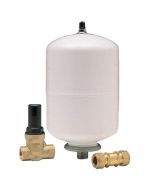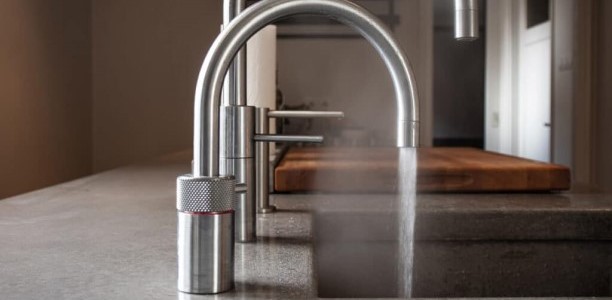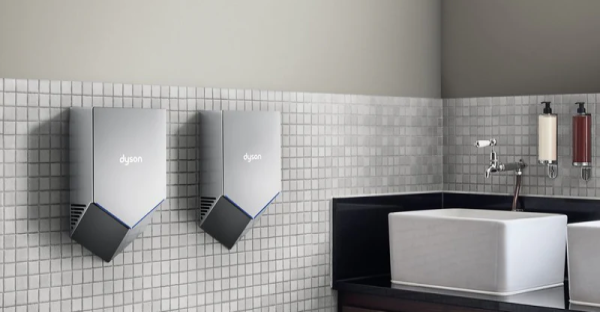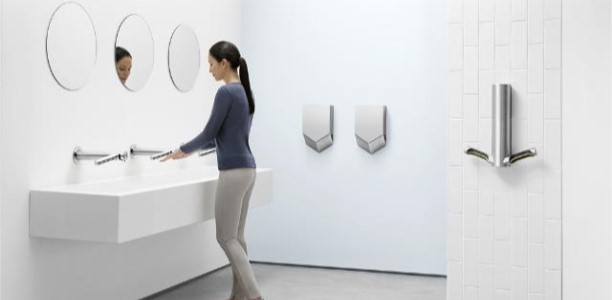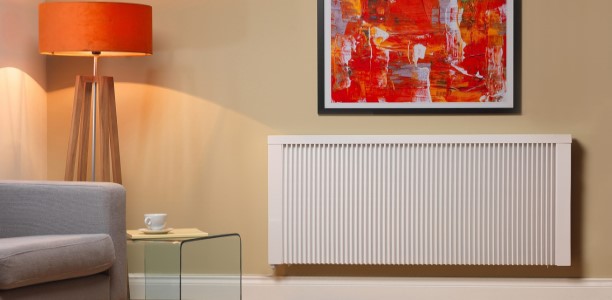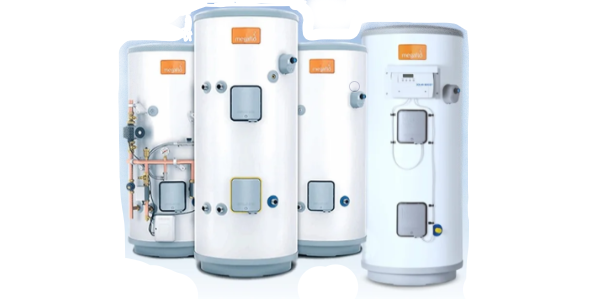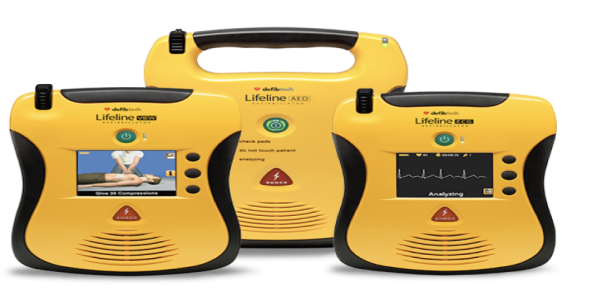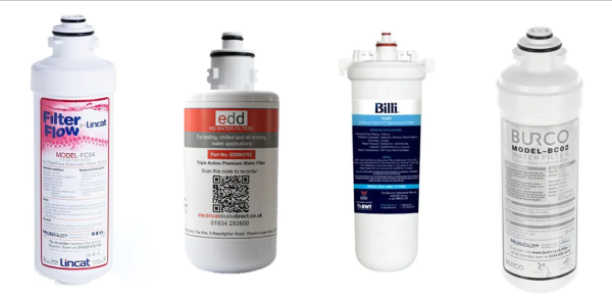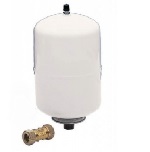
If you have an unvented water heater, you may have noticed a small tank attached to it or nearby. This is called an expansion vessel, and it plays an important role in protecting your water heater and your plumbing system from excess pressure.
An expansion vessel is a device that contains a fixed amount of air and a flexible membrane. The air acts as a cushion that absorbs the extra volume of water that is created when the water in the heater is heated up. As water is heated, it expands by about 4% of its original volume. This expansion creates pressure in the system, which could damage the pipes, valves, or even the heater itself if not relieved.
The expansion vessel allows the water to expand into the air space without increasing the pressure in the system. The air pressure inside the vessel should be set at the same level as the incoming water pressure, typically 3 bar. As the water cools down, it contracts and returns to the heater, and the air pressure in the vessel restores to its original level.
An expansion vessel is required for unvented water heaters because they are sealed systems that do not have any vent to release excess pressure. Unvented water heaters also have safety devices such as pressure relief valves and temperature and pressure relief valves that open when the pressure or temperature exceeds a certain limit. However, these valves are not designed to operate frequently, as they could wear out or leak over time. An expansion vessel prevents these valves from opening unnecessarily and prolongs their lifespan.
Thankfully, the answer is pretty straightforward, and can be easily summarised as below:
Firstly, if you have an instantaneous water heater, regardless of its size and capacity, you do NOT need any expansion vessel. This is because an instantaneous water heater does not store any water and so there is nothing to expand.
Secondly, if you have a vented water heater, there is no need to have any form of expansion vessel, because the expansion is taken care of by being vented to the atmosphere through the special vented taps.
So you only need to consider an expansion vessel if you have an unvented water heater.
If the unvented water heater is over 30 litres, you will need an expansion vessel, but it will come packaged with the water heater when you buy it (for certain larger heaters, the expansion vessel is actually incorporated in the heater itself, so there is nothing external to install).
If the unvented water heater is 30 litres or less, then this is the only time you need to get your tape measure out and do some checking. What you need to measure is the distance of the pipework from the water heater, BACK along the pipe run to either
- the nearest valve (such as a check valve or non-return valve which may prevent reverse flow), OR
- the nearest supply pipe to which a cold water draw off is connected.
NOTE: this is NOT the length of pipework from the heater to the tap, it is from the heater backwards along the inlet pipe.
This length of (15mm) pipe is where the heated water will expand into, and the length of pipe you need varies according to the capacity of the heater:
10 litre water heater – 2.8 metres of 15mm pipework.
15 litre water heater – 4.2 metres of 15mm pipework.
30 litre water heater – 8.4 metres of 15mm pipework.
This diagram (from the Heatrae Sadia manual) demonstrates one configuration:

If your pipe-run is less than this, you will need an expansion vessel, and these are available from different manufacturers as kits. They usually come with a check valve (which stops the water expanding past it, and so forces it into the expansion vessel). They may also come with a pressure reducing valve - you will need one of these if your water pressure is above about 4bar. They are essential in those cases because without them, the water will fill your expansion vessel even before your water heater has started working.
An expansion vessel is not only a safety device, but also a way to improve the efficiency and performance of your water heater. By reducing the pressure fluctuations in the system, it helps to maintain a steady flow and temperature of hot water at your taps. It also reduces energy consumption by preventing heat loss through frequent opening of relief valves.
If you are not sure whether you need an expansion vessel for your water heater, or what size and type of vessel you should get, you can consult a qualified plumber or heating engineer who can advise you on the best option for your system.





